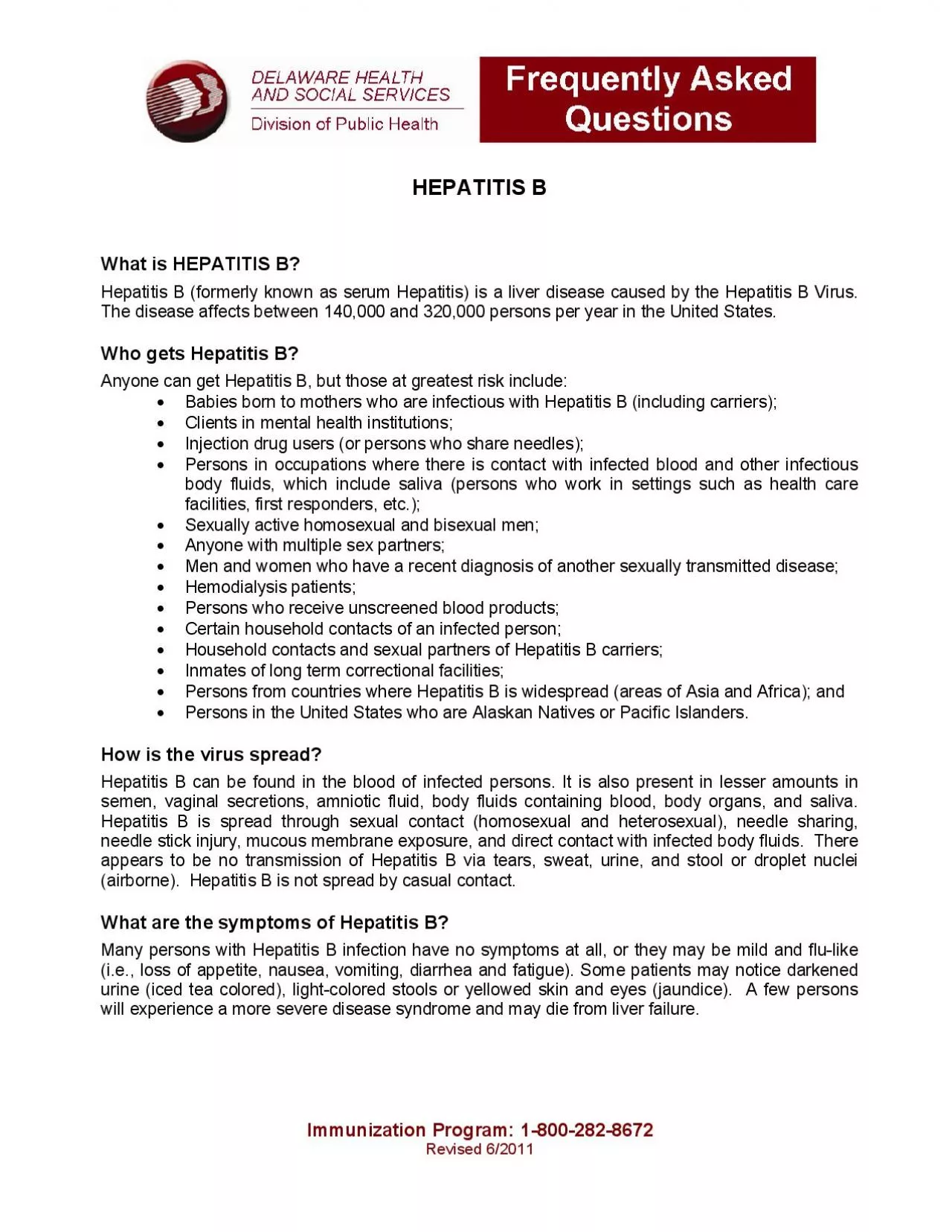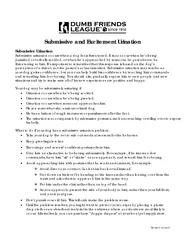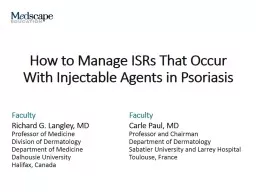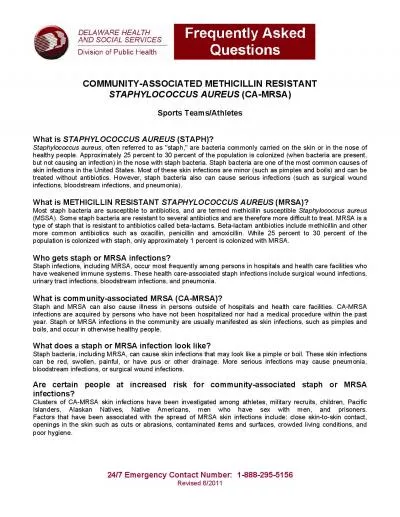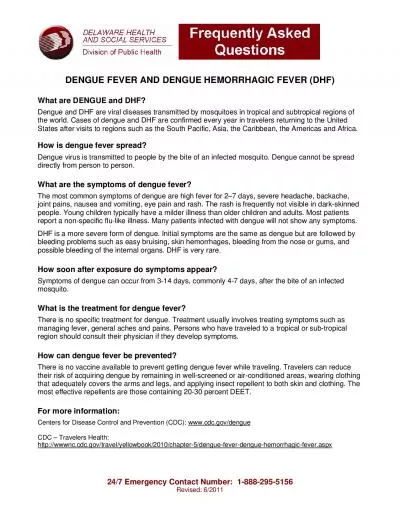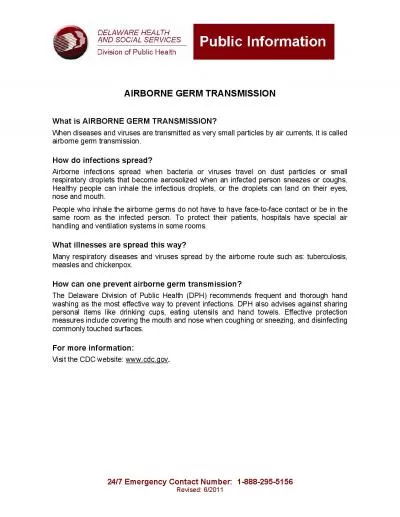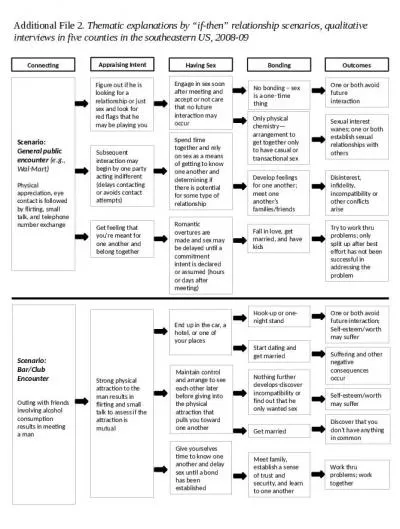PDF-Revised 62011 How soon do symptoms appearThe symptoms may occur as e
Author : murphy | Published Date : 2022-10-13
Revised 62011 What is HEPATITIS BHepatitis B formerly known as serum Hepatitis is a liver disease caused by the Hepatitis B Virus The disease affects between 140000
Presentation Embed Code
Download Presentation
Download Presentation The PPT/PDF document "Revised 62011 How soon do symptoms appea..." is the property of its rightful owner. Permission is granted to download and print the materials on this website for personal, non-commercial use only, and to display it on your personal computer provided you do not modify the materials and that you retain all copyright notices contained in the materials. By downloading content from our website, you accept the terms of this agreement.
Revised 62011 How soon do symptoms appearThe symptoms may occur as e: Transcript
Download Rules Of Document
"Revised 62011 How soon do symptoms appearThe symptoms may occur as e"The content belongs to its owner. You may download and print it for personal use, without modification, and keep all copyright notices. By downloading, you agree to these terms.
Related Documents

